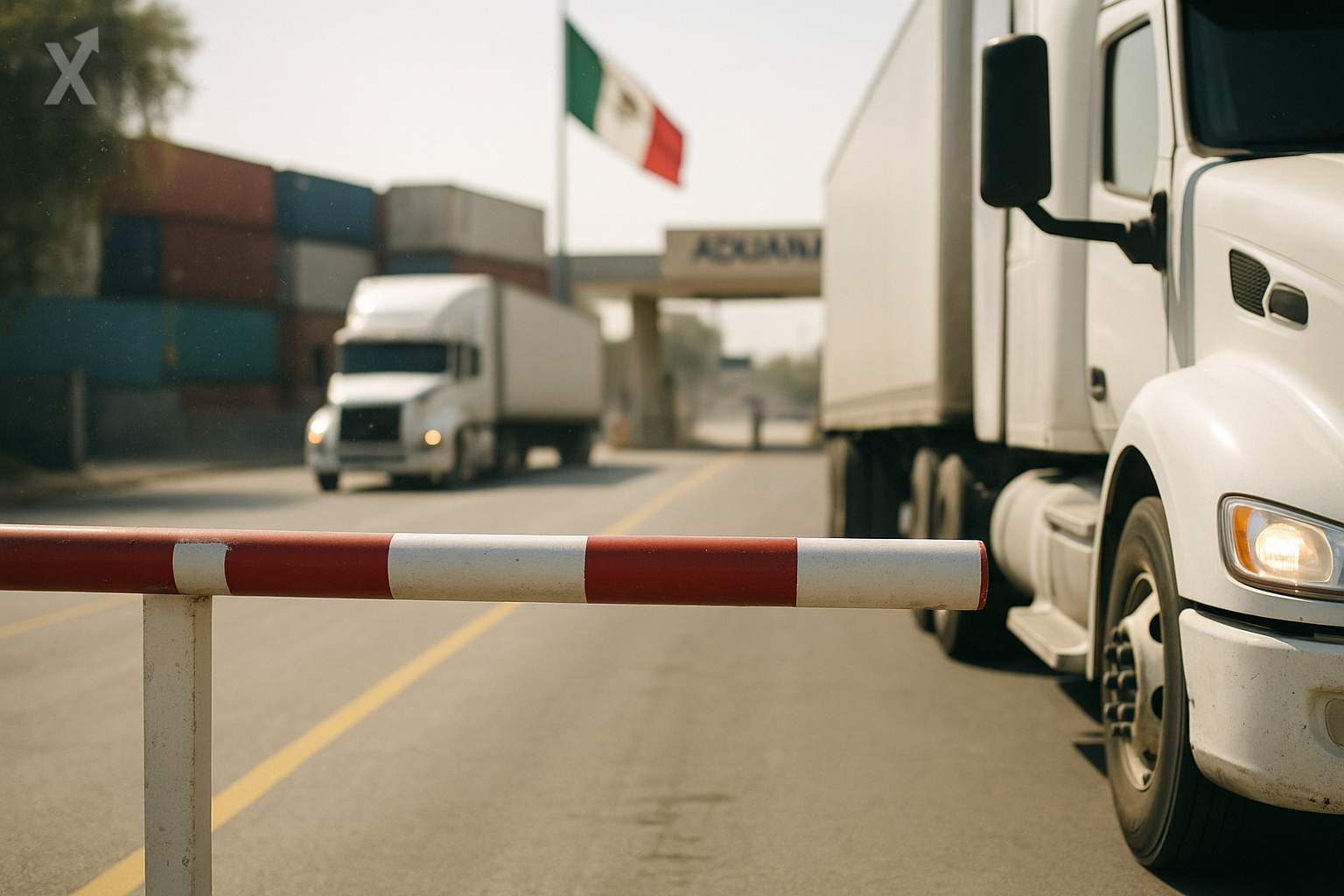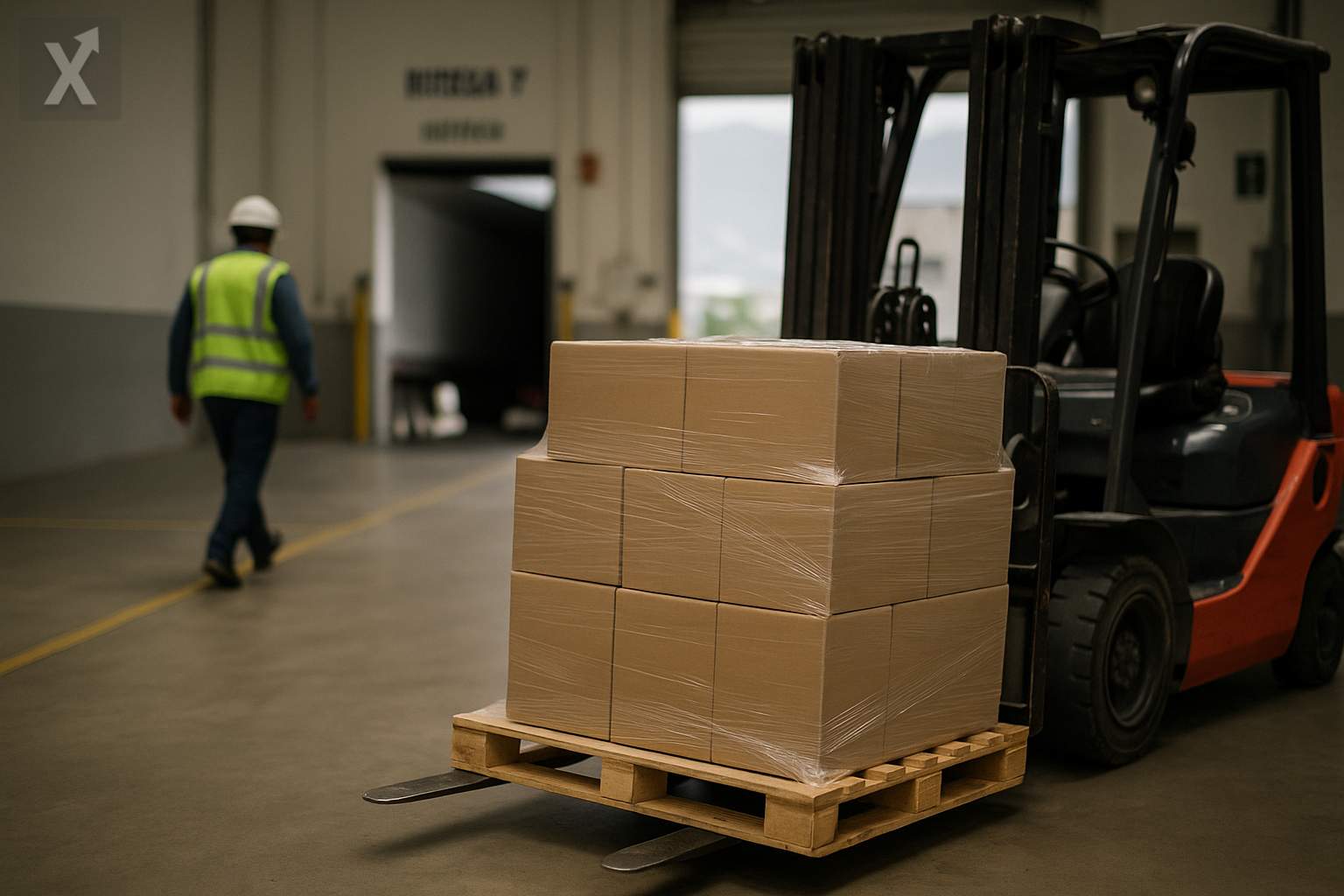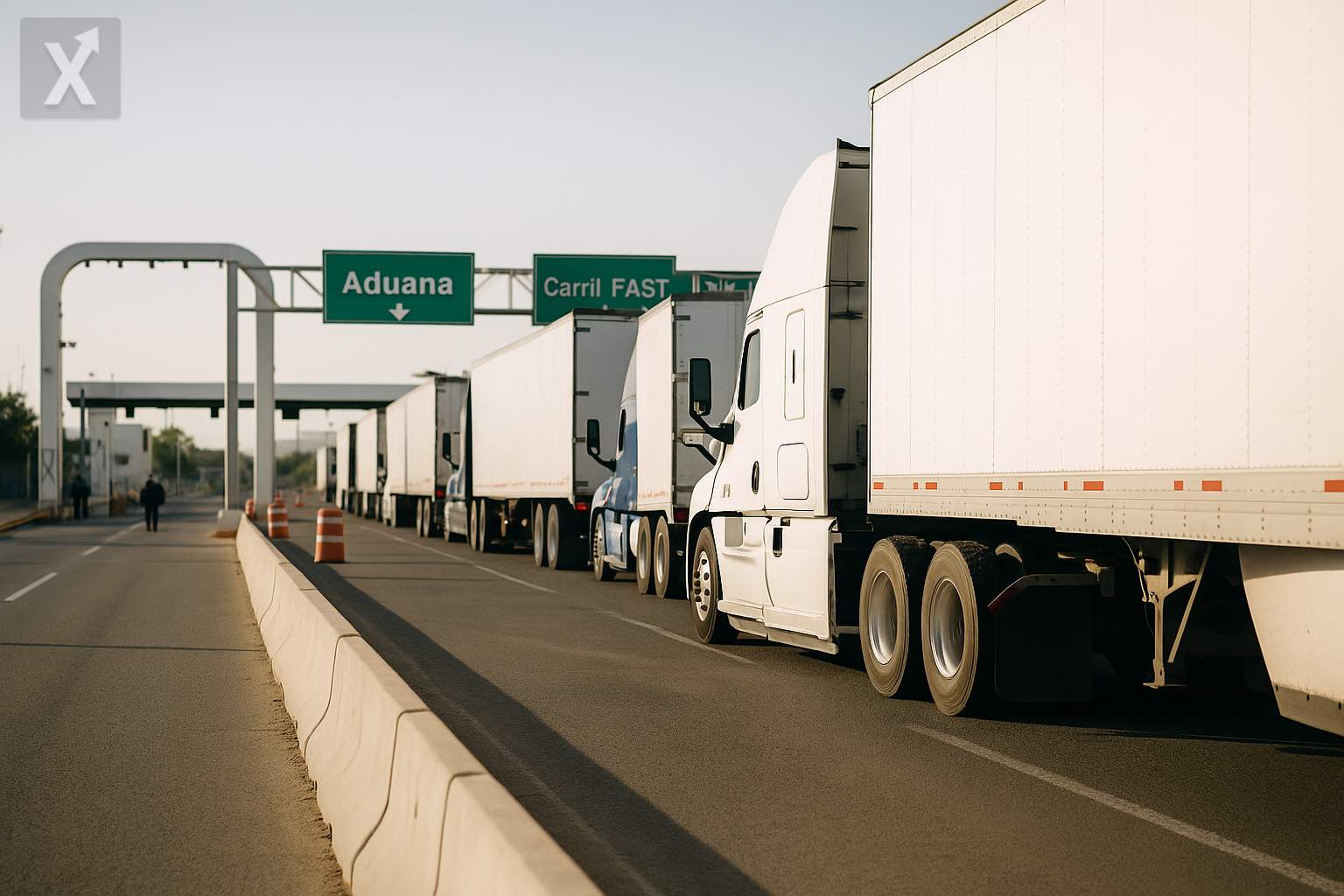Mexico Outlines New Tariffs for Countries Without Trade Deals and Relies on Its Network of 14 Agreements to Stay Competitive

The federal government is considering, as part of the 2026 Economic Package, the implementation of tariffs on imports from countries with which Mexico does not have an active trade agreement. The measure, announced in advance by President Claudia Sheinbaum, is part of a strategy already used in recent years: since 2023 and throughout 2024-2025, temporary tariffs have been imposed on a basket of products—including steel, aluminum, textiles, footwear, and others—when arriving from nations without agreements, particularly affecting Asian suppliers. The official objective is to level the playing field for local industry and prevent undervaluation practices, in the context of shifting global supply chains and increased scrutiny over the origin of inputs.
Mexico enters this discussion with one of the broadest trade networks in the world: according to the Ministry of Economy, it has 14 free trade agreements involving 50 countries. Key pillars include the USMCA with the United States and Canada; the agreement with the European Union (with a modernization process pending ratification); the Comprehensive and Progressive Agreement for Trans-Pacific Partnership (CPTPP), which connects Mexico with Asia-Pacific economies; the Free Trade Agreement with the European Free Trade Association (EFTA: Switzerland, Norway, Iceland, and Liechtenstein); as well as agreements with Japan, Israel, Chile, Colombia, Peru, Central America, Panama, and Uruguay. Additionally, a continuity agreement with the United Kingdom ensures preferential tariffs while a next-generation bilateral FTA is being negotiated. With this framework, more than 80% of Mexico’s foreign trade takes place under preferential rules.
Beyond FTAs, Mexico uses other tools in Latin America, such as Economic Complementation Agreements (ACEs) and Partial Scope Agreements (AAPs) under ALADI. These establish tariff reductions and sectoral disciplines without reaching a comprehensive FTA. An example is the ACE with Bolivia, which is not a full free trade agreement as such; frameworks with Brazil and Argentina for the automotive sector also stand out. The Pacific Alliance (Chile, Colombia, Mexico, and Peru) further supports the structure by allowing free movement of a wide range of goods and an agenda for integration in services and investment.
If new tariffs on non-agreement countries come into effect, partners covered by the network of treaties—including the US, Canada, the EU, Japan, and CPTPP members—will be exempt, while nations with significant export presence in Mexico but no FTA, such as China, India, or South Korea, would face higher access costs. The immediate impact would depend on the list of taxed goods: it could raise the price of certain intermediate manufacturing inputs but also reduce competitive pressure on sensitive sectors like steelmaking, textiles and apparel, and footwear. For inflation—which remains above the Bank of Mexico’s target—the overall effect would be mixed: tariffs tend to push up costs, but currency appreciation or stability, along with increased availability of regional suppliers, could offset some of the price passthrough.
The backdrop is investment relocations toward North America. Mexico has established itself as one of the United States’ main trading partners and as a hub for advanced manufacturing in the Bajío and northern regions, driven by nearshoring in automotive, electronics, home appliance, and medical device sectors. To sustain that momentum, aside from tariff policy, the country faces domestic challenges: logistical infrastructure, energy and water availability, regulatory certainty, and streamlined border processes. The USMCA will remain a key anchor, with its scheduled review in 2026 requiring tangible progress on rules of origin compliance, dispute resolution, and labor and environmental standards.
On the international front, modernizing the agreement with the European Union and negotiating with the United Kingdom could expand opportunities in agribusiness, services, and public procurement. In Asia, relations with South Korea—with intermittent discussions toward an FTA—and deeper participation in the CPTPP offer ways to diversify suppliers and markets. At the same time, ACEs with South America continue to provide a useful platform for intraregional trade, with potential for expanded value chains in agri-food, chemicals, and auto parts.
In summary, Mexico combines a more proactive stance on trade defense with the strength of its network of 14 trade agreements. The precise details of new tariffs—scope, duration, and affected sectors—will be crucial to balancing industrial protection and price controls, while preserving the competitiveness provided by the USMCA, CPTPP, and European agreements. The 2026 review of the USMCA and progress on pending agreements in Europe and Asia will set the tone for Mexican trade in the coming years.






